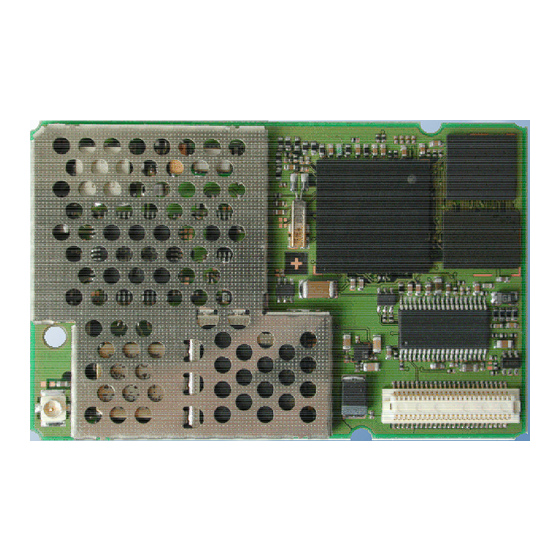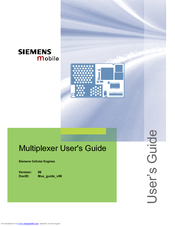
Siemens MC45 Manuals
Manuals and User Guides for Siemens MC45. We have 2 Siemens MC45 manuals available for free PDF download: Manual, User Manual
Advertisement
Siemens MC45 User Manual (36 pages)
Multiplexer User's Guide
Brand: Siemens
|
Category: Cell Phone Accessories
|
Size: 1.1 MB
Table of Contents
Advertisement

